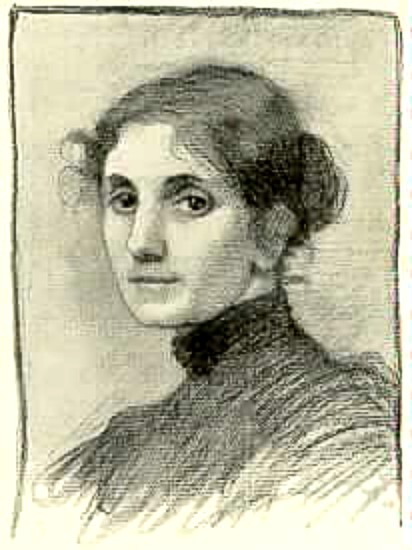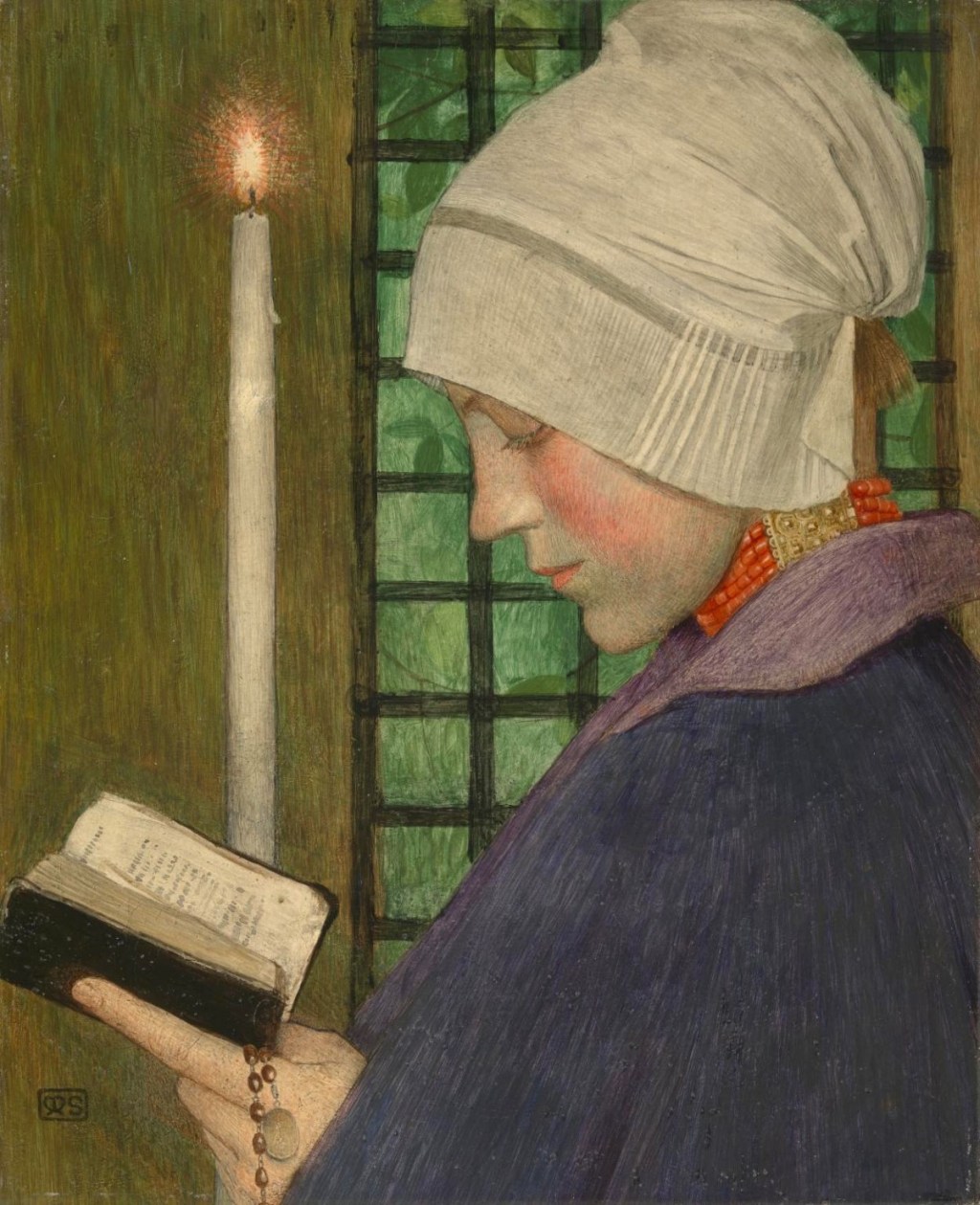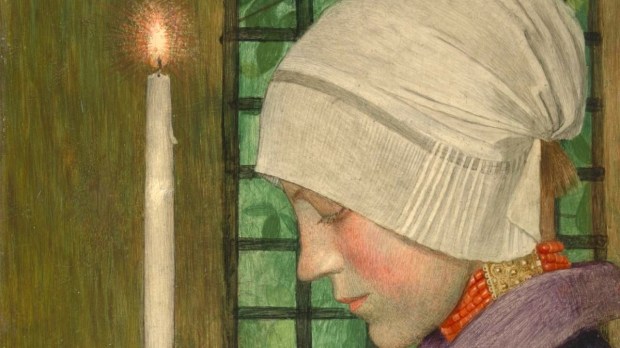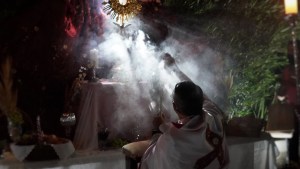Marianne Stokes and her husband Adrian were painters in the Victorian era (she lived from 1855-1927). They aren’t well known today, but they should be. The reason they aren’t more famous is partly because the majority of their paintings have disappeared into private collections and small museums. The original paintings are therefore difficult to find and see. These two artists, though, deserve a much bigger spotlight.
Both made excellent pictures. They range from landscape scenes full of naturalistic beauty and rendered in rich oil paints to stylized medieval scenes taken from fairy tales that use muted tempera colors. All their work is worth taking time to look at, but for Candlemas I want to focus specifically on Marianne’s painting Candlemas Day, which can be found in the Tate Gallery in London.
A return to romance
Originally from Austria, Marianne and Adrian settled in Britain after they were married, where they enjoyed a quiet life of creativity in the midst of an artist colony based in St. Ives. Many of Marianne’s paintings were influenced by the Pre-Raphaelites, a group of artists including Dante Rossetti and William Morris who sought the revival of medieval romance and beauty.
The Pre-Raphaelites felt that modern art, music, and poetry had fallen into the hands of the elite. Art was losing its romance in a rapidly industrializing era. The folktales, homemade art, and beautiful furnishings that had once been found in every home and local parish church were disappearing. The Pre-Raphaelites insisted that this was a spiritually unhealthy condition because every person deserved to be surrounded by beauty.
William Morris was motivated to create an amazing design company that still exists today. Rossetti wrote poetry of medieval romance and adventure. They threw parties and decorated each other’s homes, took commissions to beautify library walls with paintings, and pioneered innovative stained glass designs for churches.
Beauty and grace in the everyday
Marianne Stokes, for her part, focused on scenes of everyday beauty and romance. In particular, she loved the romance of traditional religion.

The customs of the faithful have been built up into a rich tapestry over centuries to make sacred the events and rhythm of everyday life. The feast days and fast days, the processions, the blessed items and holy wells, ancient sites of pilgrimage, all of it serves to reveal the glimmering presence of the divine in our midst. Whoever we might be, God is making us shine with his glory.
Candlemas Day
Candlemas is one of those romantic customs. Celebrated on the Feast of the Purification every year on February 2, people can bring their candles to the parish priest to be blessed. The candles represent the entrance of the Christ into the world. When the Church blesses our candles, it becomes possible to take Christ home to sensibly illuminate our domestic life. The candle, of course, is a symbol but the blessing carries genuine spiritual grace. In some mysterious way, it really does make Our Lord more present.

You can strongly feel this presence in the painting Candlemas Day. To me, that’s why it’s such a powerful meditation. Painted in the medieval style using egg tempera paint, which is applied in small, careful strokes, the colors are muted but pure. The scene is simple, a woman reading her prayers by the light of a blessed candle.
The painting may not seem like much, but sit with it for a few minutes. Peacefulness exudes from the image. It almost feels like an icon. The woman is carefully posed, focused on her devotions. There are three focal points — the prayer book, the flame on the candle, and the countenance of the woman. There is no competition among them for our attention and yet there is a subtle hierarchy. The candle illuminates the other two. Without it, the other two would fade into shadow. Christ the Light is primary but doesn’t feel the need to boast about it. Instead, he is content to dispense grace quietly.
Capturing an image of Beauty himself
Even if, at first glance, this is a picture of an ordinary woman in an ordinary moment, a deeper look unveils a truth that is far different. The goal in a painting like this is to capture the image of Beauty himself, the God who is the source of artistic beauty. This means the artist isn’t indulging in displays of technical virtuoso or high-toned social and philosophical theories in pictorial form. The picture isn’t “painterly,” and doesn’t call attention to the skill of the artist. Rather, it’s a masterfully controlled depiction of lover and beloved.
“Beauty without the beloved is a like a sword through the heart,” writes Dante Rossetti, which explains why Stokes is so interested in religious paintings. Religion is exquisitely beautiful because it is a beauty that seeks the Beloved.
An unquenchable flame
You can physically feel the presence of God in Candlemas Day. The Holy Spirit hovers gently, invisibly, with a warm glow in his wings. Christ is a burning fire sacrificing himself along with the wax of the candle. It burns with the exact same unquenchable purifying flame, wild and untamed, that remakes the cosmos; but here Christ has consented to veil his glory. The candle fire is that of hearth and home. It’s a signal fire to the heart of God.
Candlemas Day reassures us that we are right where we belong. God is at work in our humble homes, our humble hearts. At the same time, the painting indicates a calling-forth. Grace is leading us into a greater, more expansive life, the next life in which the glory of God will blaze without limit. At certain times and places, such as Candlemas, that next life shines through into ours, dispelling the shadows.



